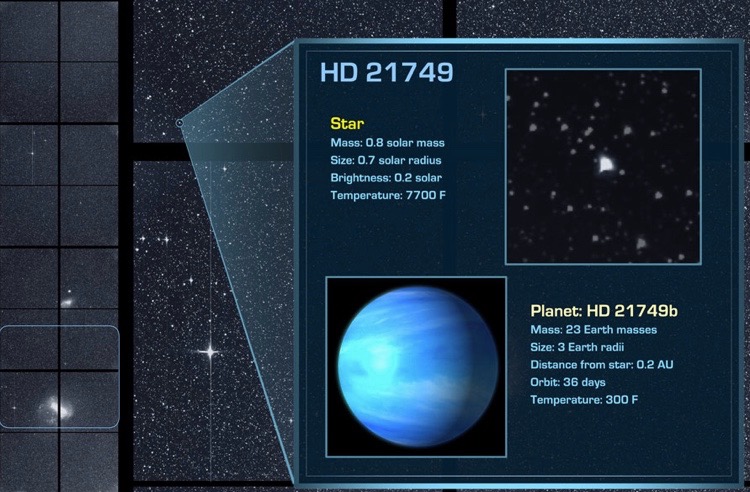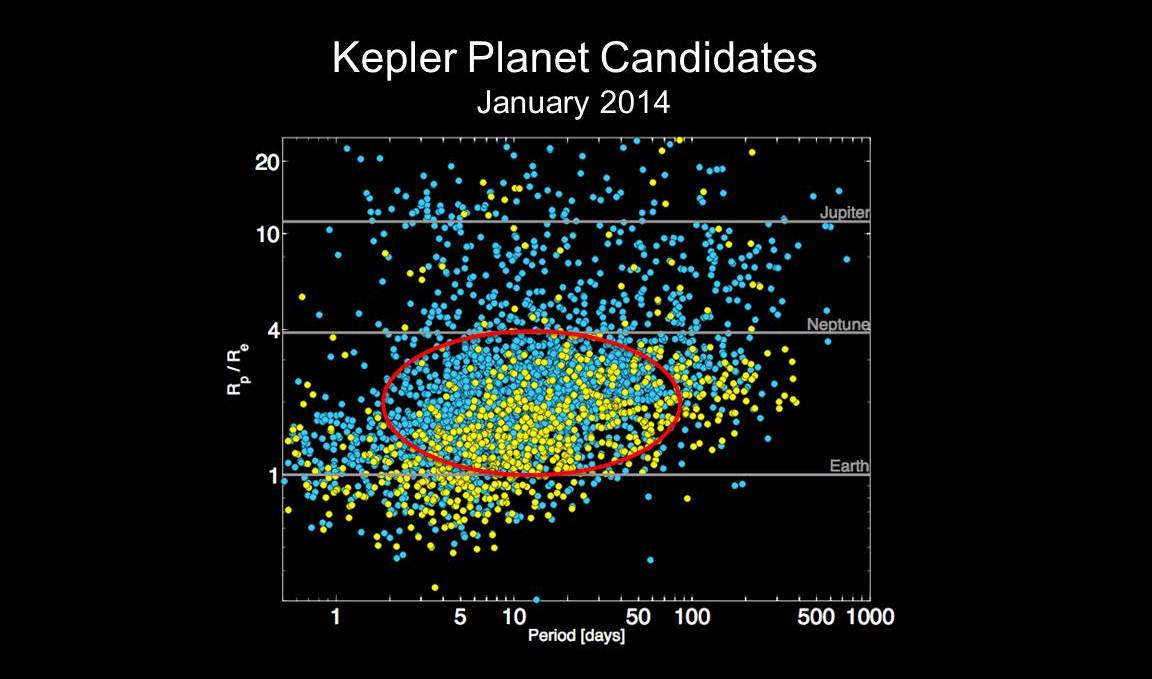James Webb Space Telescope will help assess atmospheres of strange 'sub-Neptunes'
These strange planets are not present in our own solar system.

The sharp mirrors of the James Webb Space Telescope will finally be able to probe into the atmospheres of sub-Neptunes, which are mysterious planets that aren't found anywhere near Earth.
The observatory is in the middle of a commissioning period that will last until about June. But when it is ready, the observatory will seek out sub-Neptunes that are close to their parent stars to assess more about the "fundamental nature" of these large planets, NASA said.
Although classified as planets that are bigger than Earth but smaller than Neptune, sub-Neptunes remain mysterious by many metrics despite the discovery of hundreds of these worlds, NASA said in a statement late in 2021.
"Are they dense, Earth-like balls of rock and iron, blanketed in thick layers of hydrogen and helium gas? Or less dense mixtures of rock and ice, surrounded by steamy, water-rich atmospheres?" NASA asked. "With limited data and no planets of similar size and orbit in our own solar system to use for comparison, it has been difficult to answer these questions."
Live updates: NASA's James Webb Space Telescope mission
Related: How the James Webb Space Telescope works in pictures
Answering these questions will require a deep dive into the sub-Neptunes' atmospheres, using a technique called transmission spectroscopy. Webb will watch each planet as the world passes across the face of its respective parent star. Some of the wavelengths or colors of starlight will be filtered out due to gases in the planet's atmosphere, allowing scientists to look for a distinctive "signature" for different elements.
Unfortunately, aerosols (tiny particles or droplets) that tend to congregate in sub-Neptunian atmospheres do obscure the view. Such aerosols will scatter starlight and make the signatures almost impossible to interpret, with most observatories. Webb, however, has an advantage as it is located in a deep spot in space far from interfering light, and comes equipped with a large mirror to render sharp images of distant objects.
Get the Space.com Newsletter
Breaking space news, the latest updates on rocket launches, skywatching events and more!
An observation program aims to look at two sub-Neptune-size planets in Webb's first year of observations: GJ 1214 b, which you can think of as the original sub-Neptune due to its early discovery announcement back in 2009, and the much more recently found TOI-421 b, announced in 2020.

GJ 1214b orbits a red dwarf star relatively nearly Earth and has already been featured in dozens of studies. Other advantages of looking at this planet include its short orbital period (making many transits possible in a short time) and the planet's large size relative to its star (which allows great observations of its atmosphere).
The team plans to use Webb’s Mid-Infrared Instrument (MIRI) to look at the planet for 50 hours straight, capturing a little more than one orbit of the exoplanet. Scientists will use transmission spectroscopy to look for water, methane or ammonia. Thermal emissions, visible in mid-infrared light in which Webb is sensitive, should provide information about the planet's temperature and reflectivity.
Along with these observations, the research team plans to use Webb's ability to sense very small changes in how much light the system emits while the planet orbits the star. The "curve" or brightness graph of these changes will allow an approximate map of the average planetary temperature, by longitude. This map will in turn allow astrophysicists to better model the planet's atmosphere composition and circulation.

TOI-421 b will be examined to see how similar it might be to Titan, a Saturnian moon famous for its smog-like, organic-filled haze. Webb will look at the TOI-421 b during two occasions, observing transits using its Near-Infrared Imager and Slitless Spectrograph (NIRISS) and its Near-Infrared Spectrograph (NIRSpec).
The two instruments working together should provide an excellent transmission spectrum of the planet. The suspicion right now is TOI-421 b has much clearer skies than Titan. If that is indeed the case, the spectrum should easily show the components of water, methane and carbon dioxide. If aerosols are scattering light, Webb is likely to still gather enough data to show off what the aerosols are made of.
The studies will be co-led by Eliza Kempton of the University of Maryland–College Park, who specializes in theoretical modeling of exoplanet atmospheres, and Jacob Bean, an astronomer at the University of Chicago who has led many other exoplanet studies.
Follow Elizabeth Howell on Twitter @howellspace. Follow us on Twitter @Spacedotcom or Facebook.
Join our Space Forums to keep talking space on the latest missions, night sky and more! And if you have a news tip, correction or comment, let us know at: community@space.com.

Elizabeth Howell (she/her), Ph.D., was a staff writer in the spaceflight channel between 2022 and 2024 specializing in Canadian space news. She was contributing writer for Space.com for 10 years from 2012 to 2024. Elizabeth's reporting includes multiple exclusives with the White House, leading world coverage about a lost-and-found space tomato on the International Space Station, witnessing five human spaceflight launches on two continents, flying parabolic, working inside a spacesuit, and participating in a simulated Mars mission. Her latest book, "Why Am I Taller?" (ECW Press, 2022) is co-written with astronaut Dave Williams.









